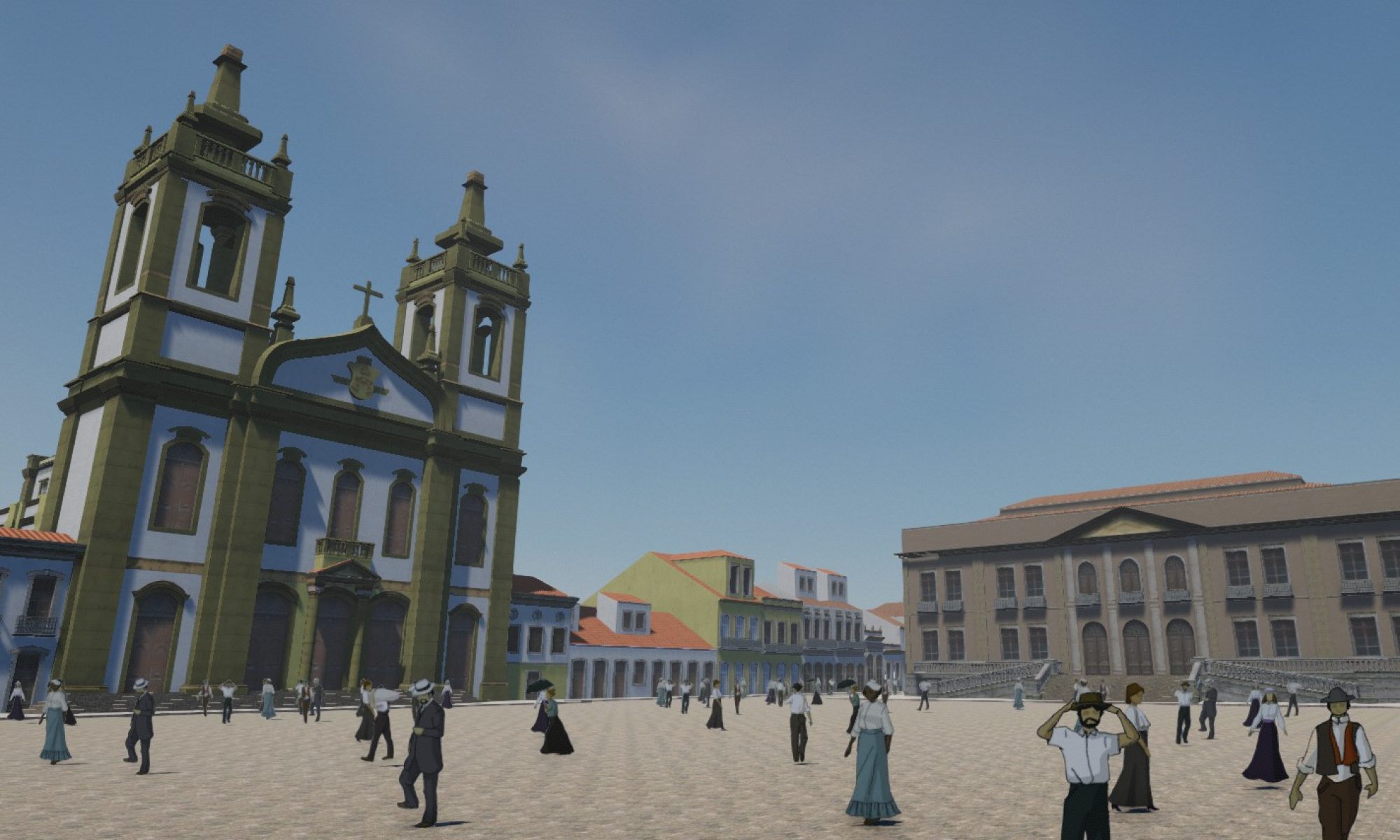This article is related to the research “The immersive experience in 360°: investigation, representation and digital immersion in the city of Rio de Janeiro in the 19th and 20th centuries”, developed in the FAU-UFRJ. The present work will (re)think the Panorama in ‘old-new’ and ‘new-old’ views: Panorama-salon’s Patent versus Google Cardboard Virtual Reality Glasses. The Panorama-salon was the first optical device created to represent an immersive experience in the 360° format. Patented by Auguste Nicolas Nepveu, the central aim was to miniaturize the complex pictorial-spatial system presented in the Panoramas’rotundas, making the experience portable, more popular and accessible. Two hundred years later, Google Cardboard, a Virtual Reality
device developed by Google, uses the smartphone as a stereoscopic viewer. The device consists in a specific application to project the smartphone’s screen in stereoscopy. It uses a pair of lenses and a box, where the lenses are assembled with the mobile phone. This work will investigate these systems of immersive experiences, unquestionably similar, but also very different, in
order to analyze the esthetics of portable immersive experience. Thus, 1:1 scale models of Panorama-salon and Google Cardboard will be built, with Rio de Janeiro’s Panorama, the original engraving in Nepveu’s patent, as the basis for this exploration.
Autores
Ano do texto: 2017
Tags: Google Cardboard, Immersion, Immersive experience, Panorama-salon, Panoramas of Rio de Janeiro, e Virtual Reality
Citação ABNT

